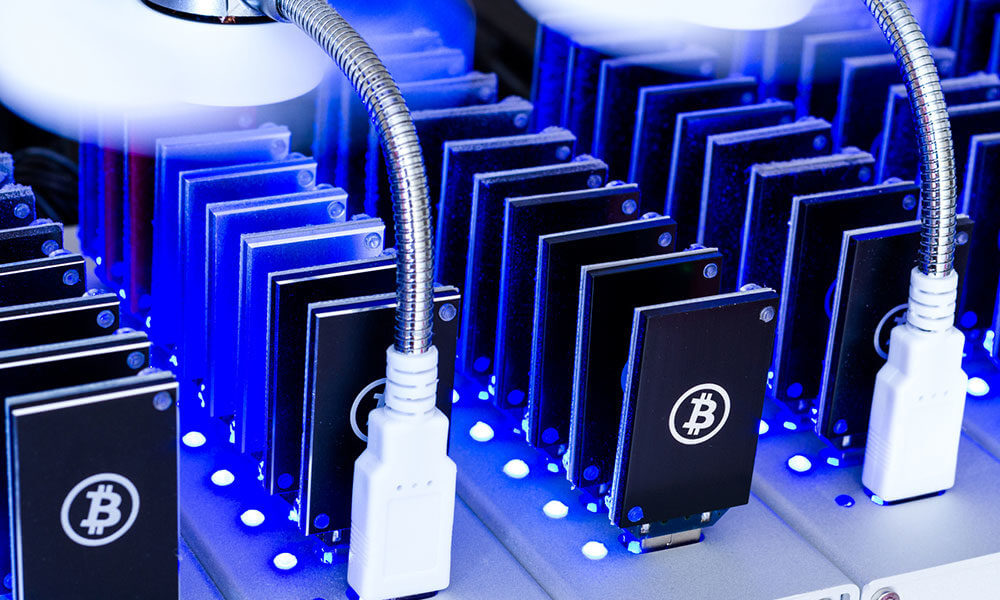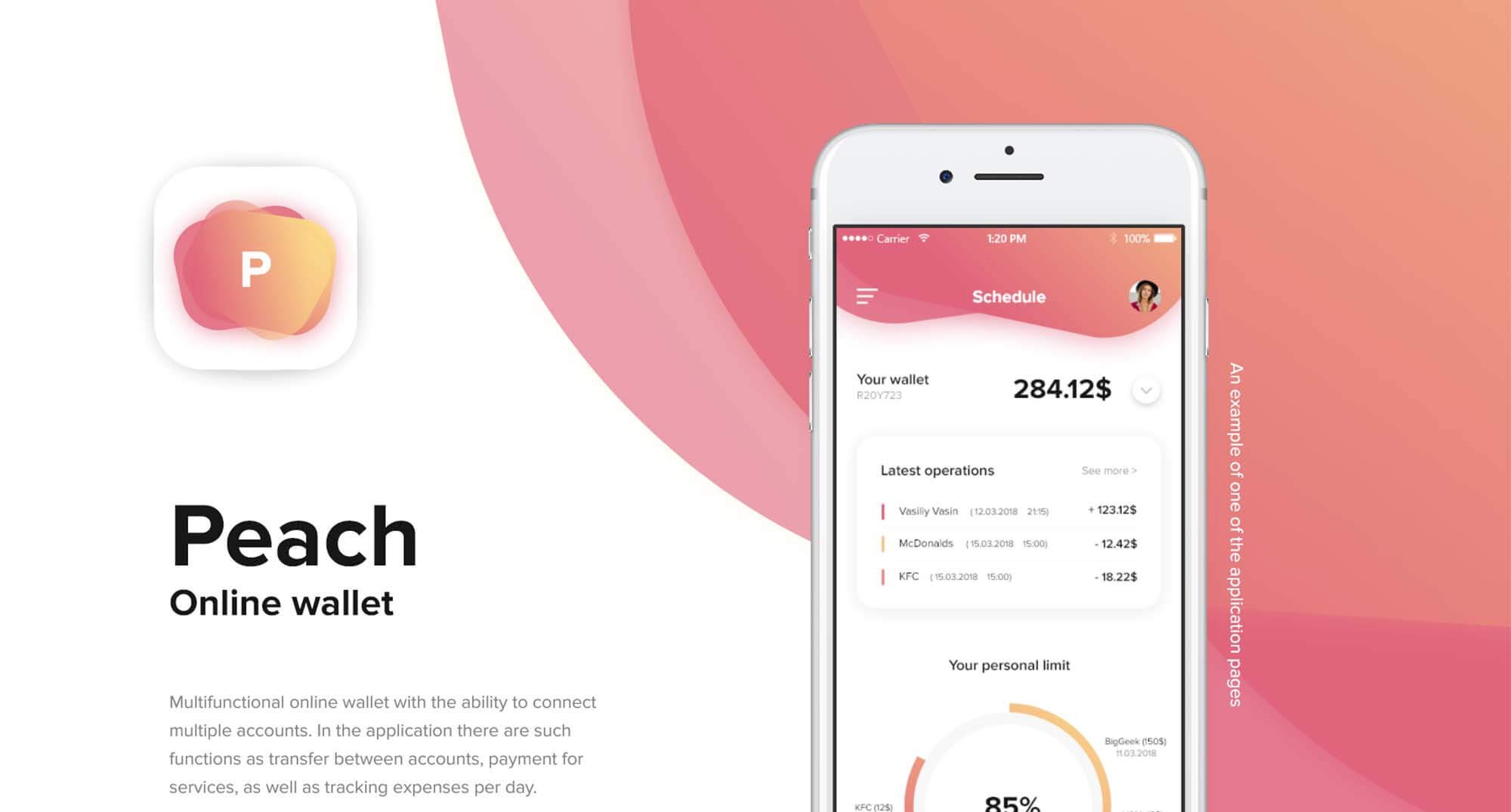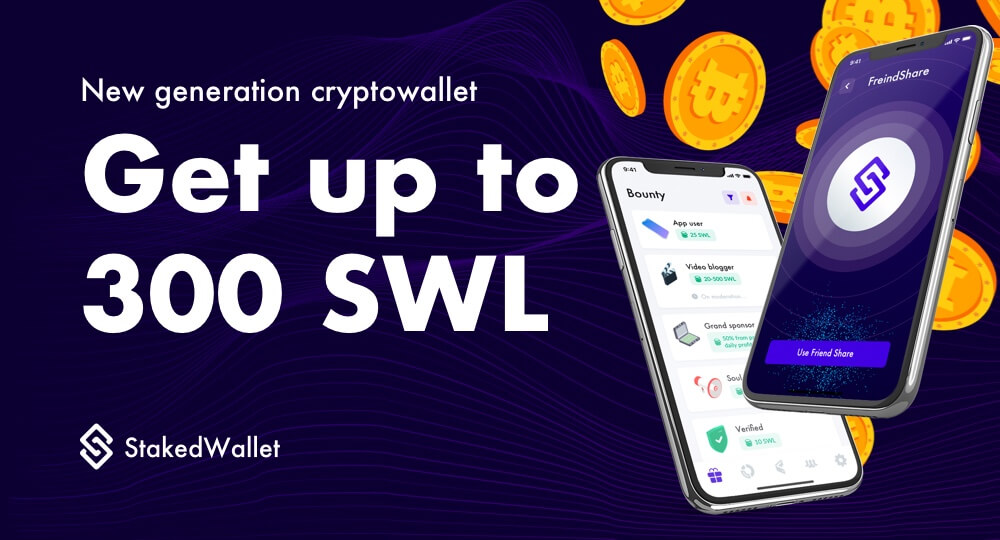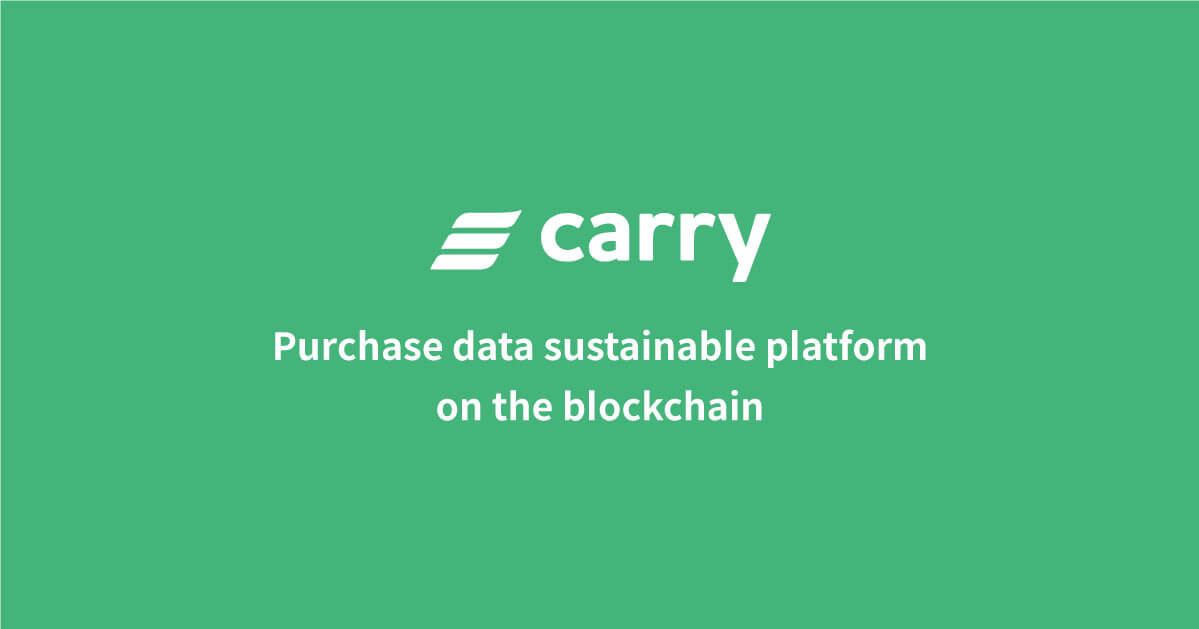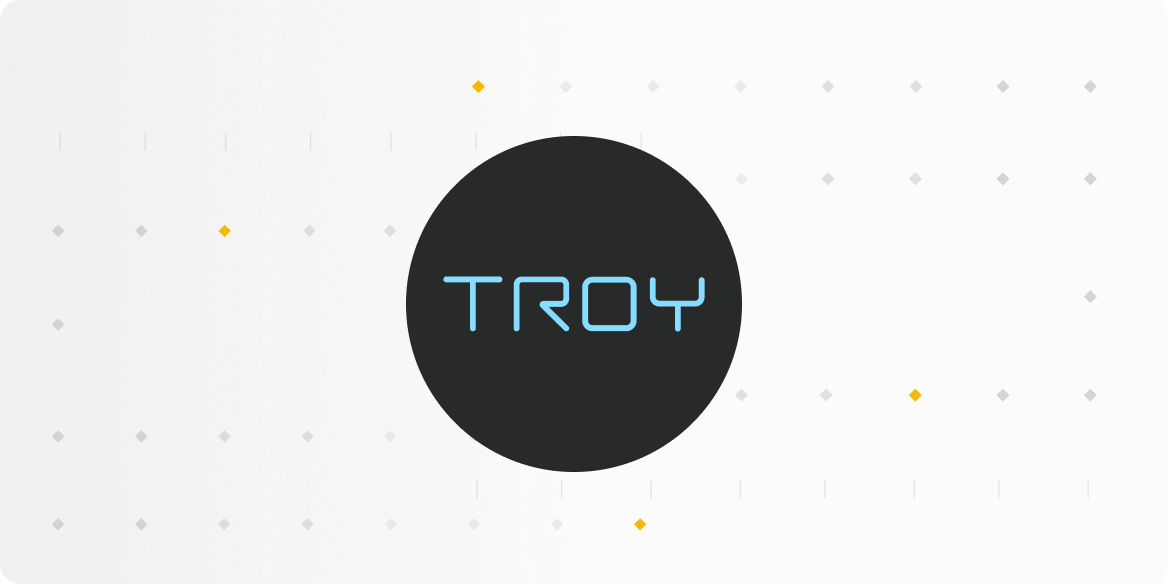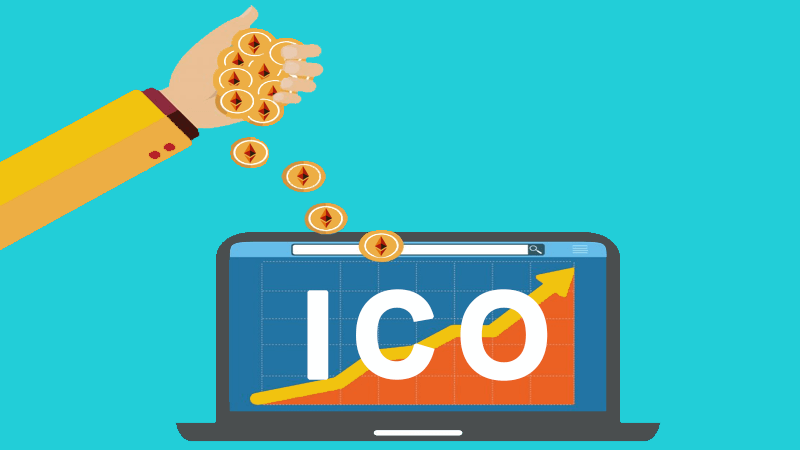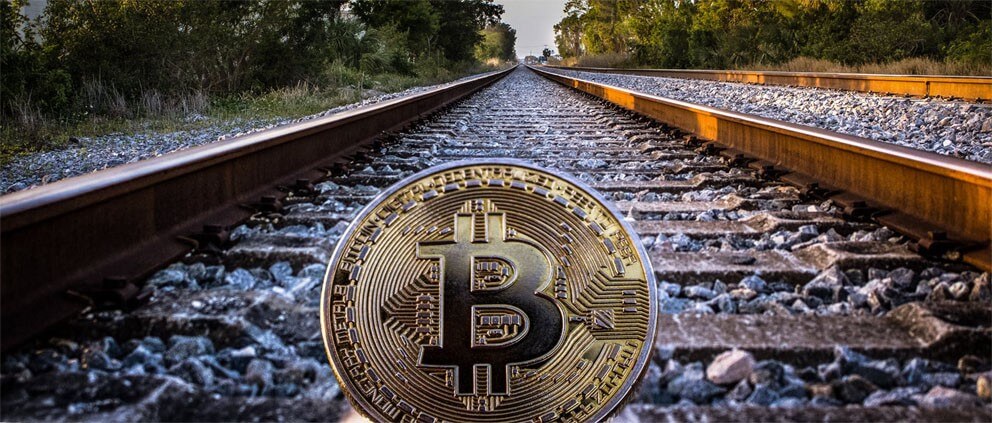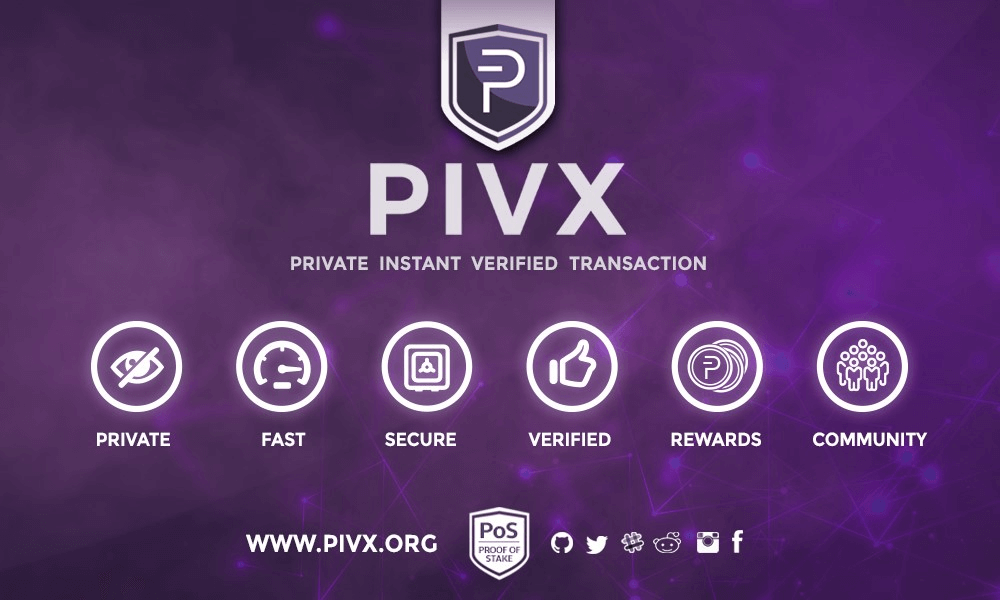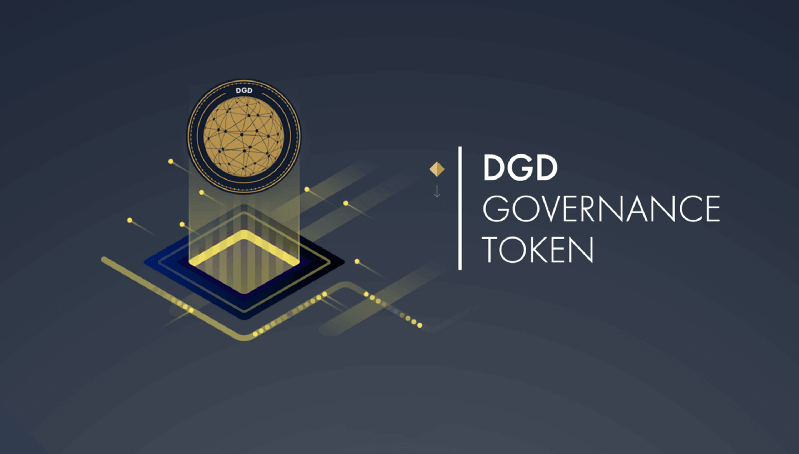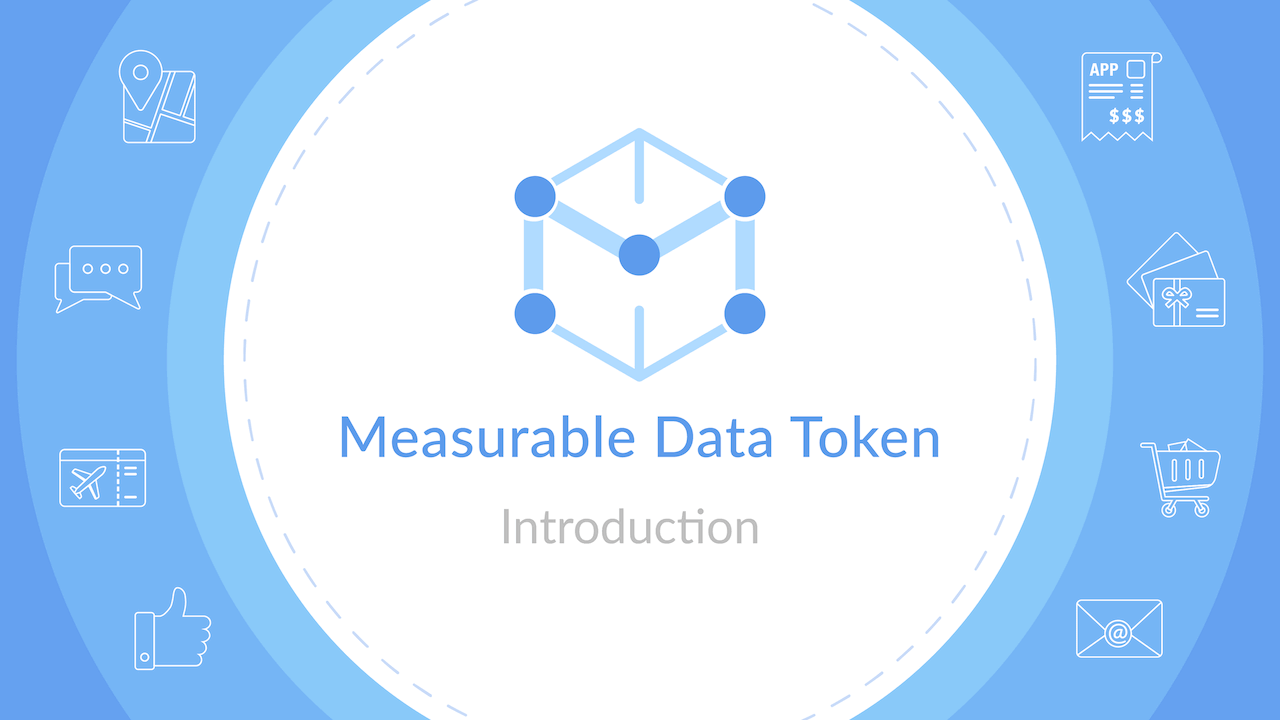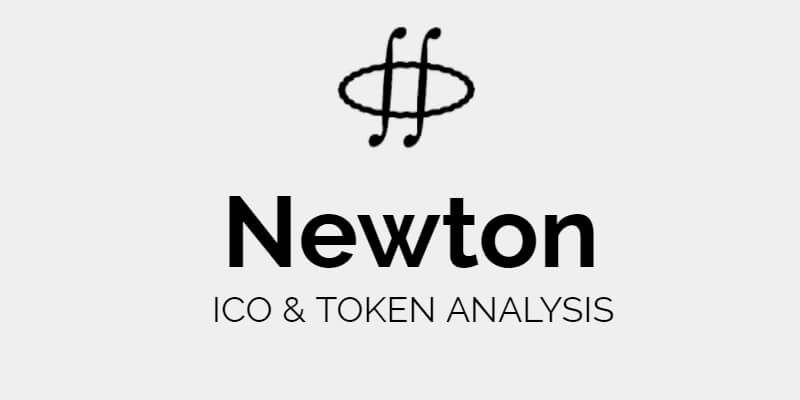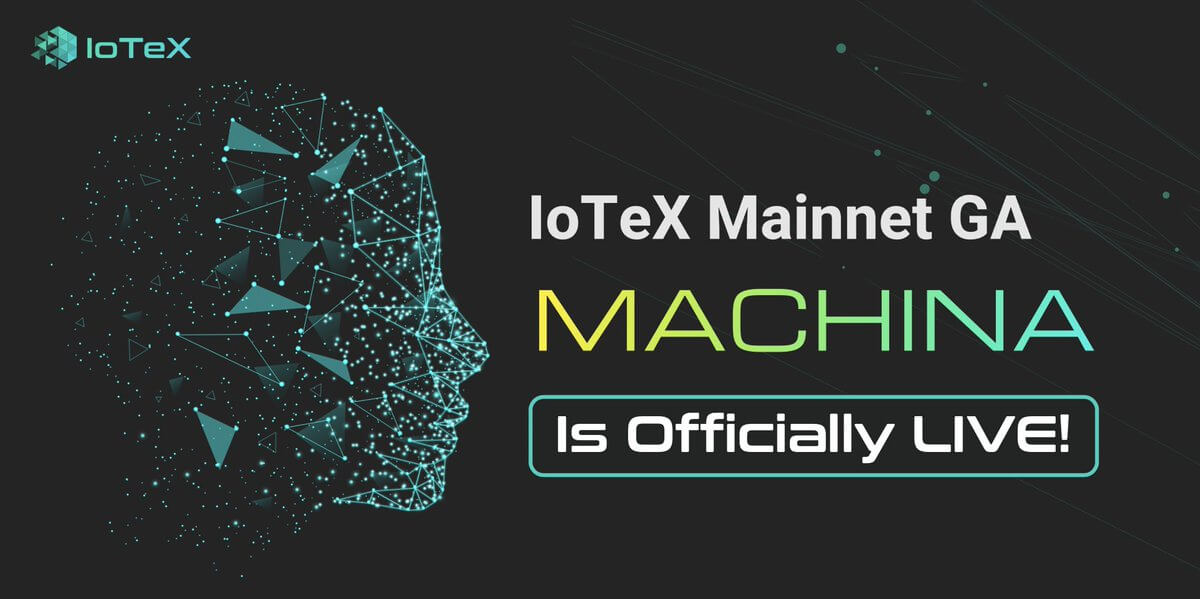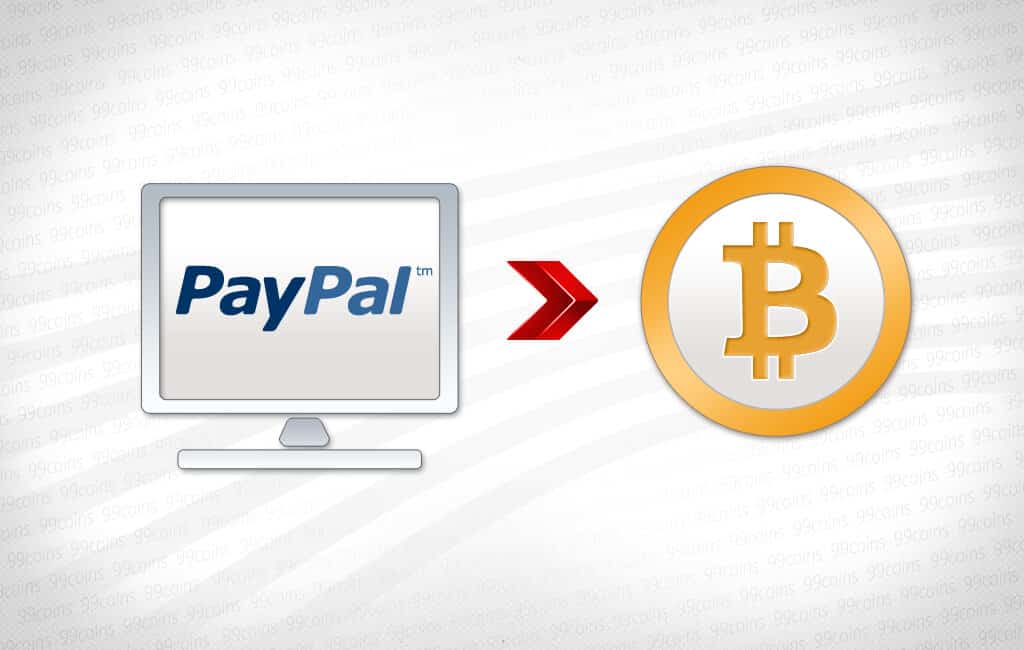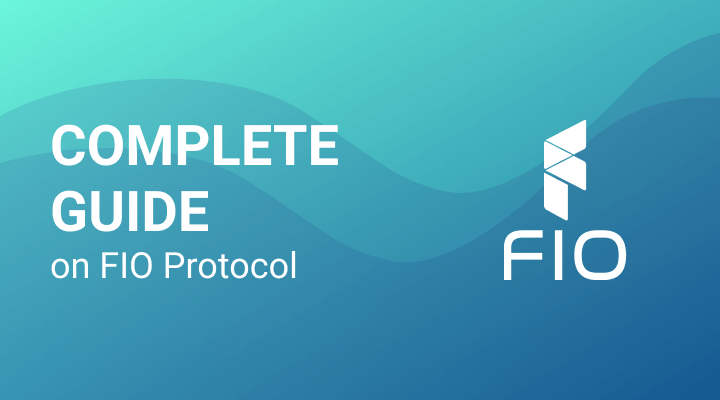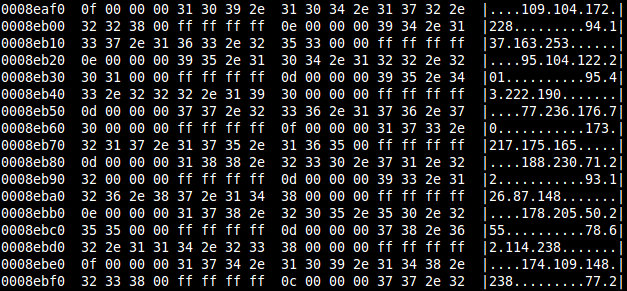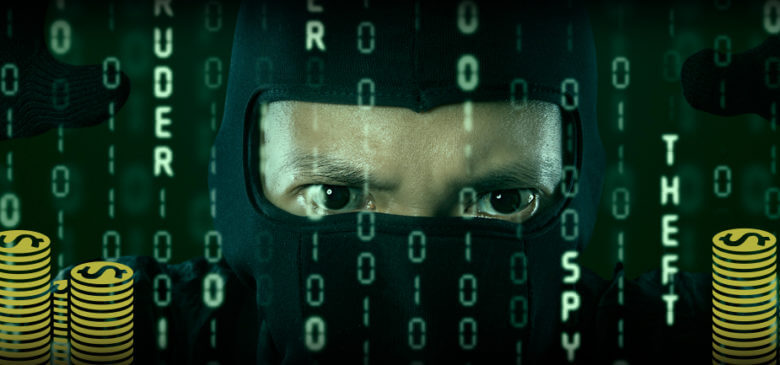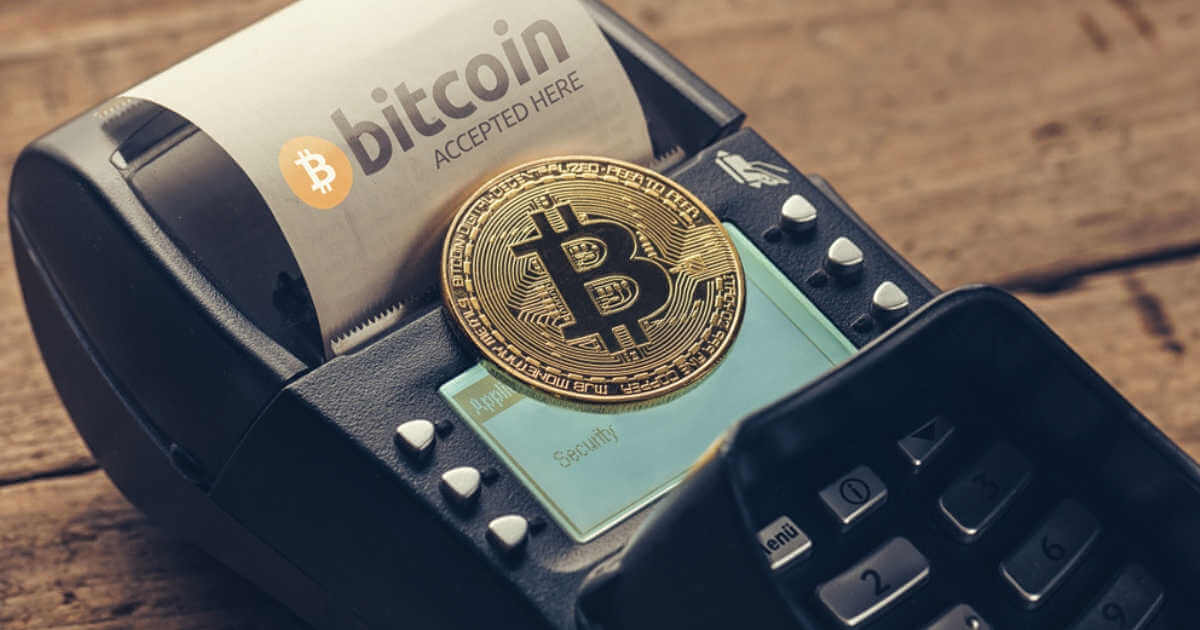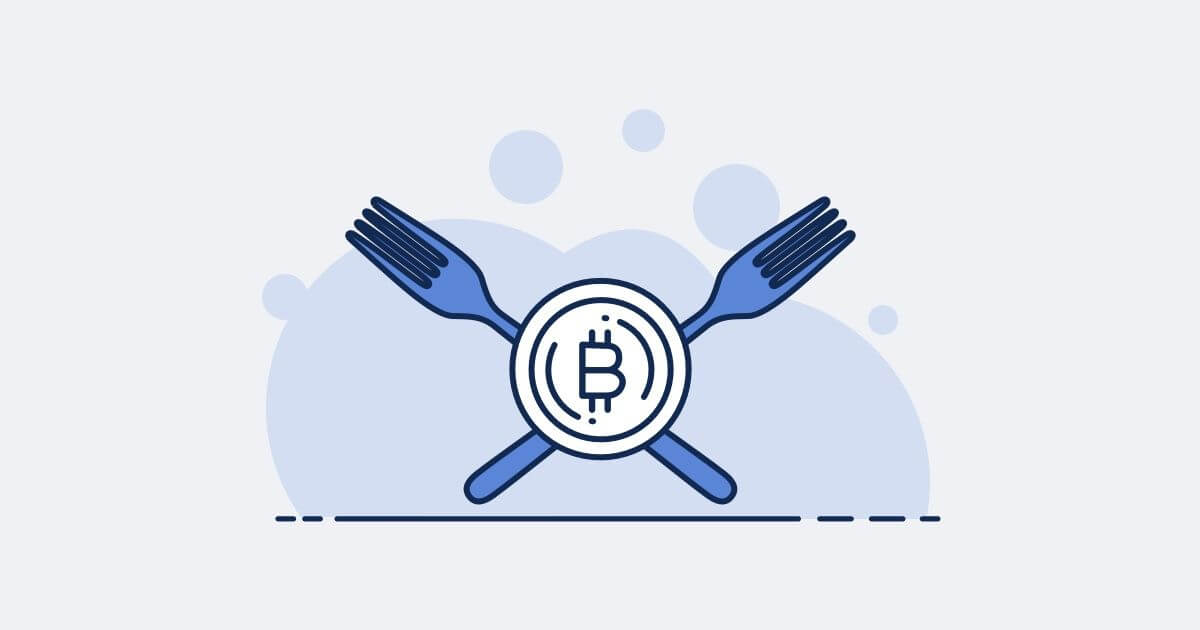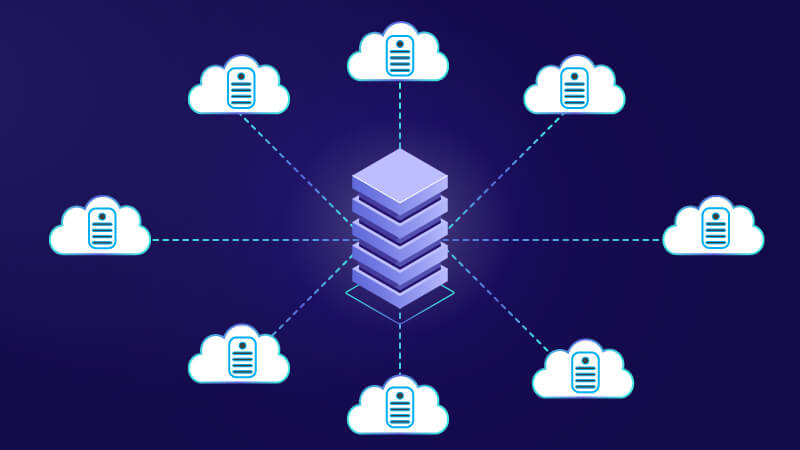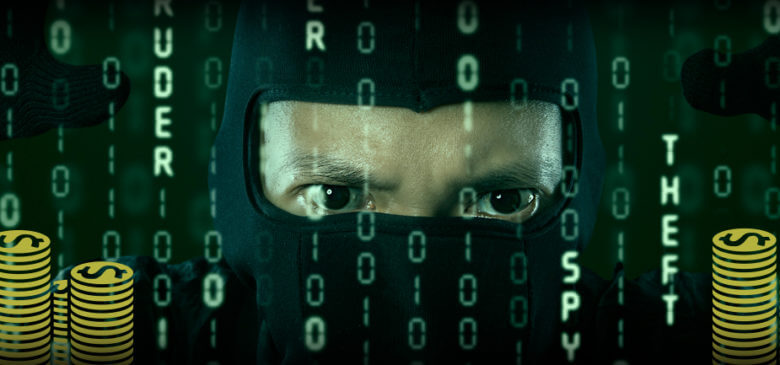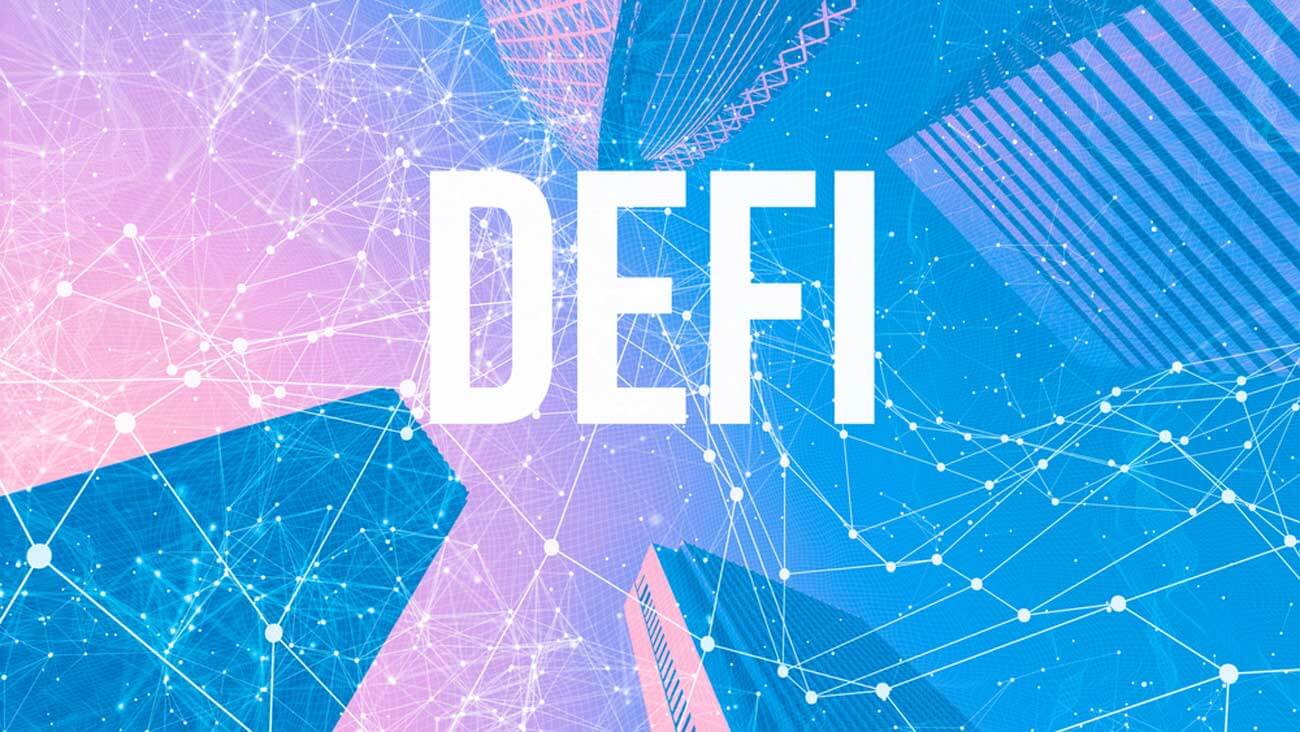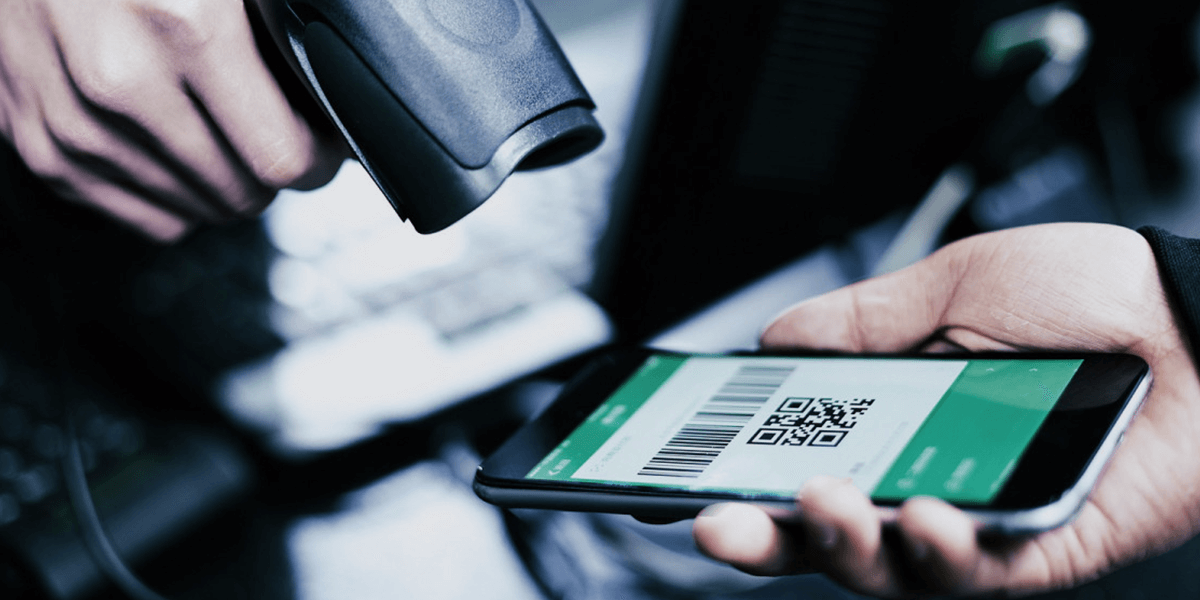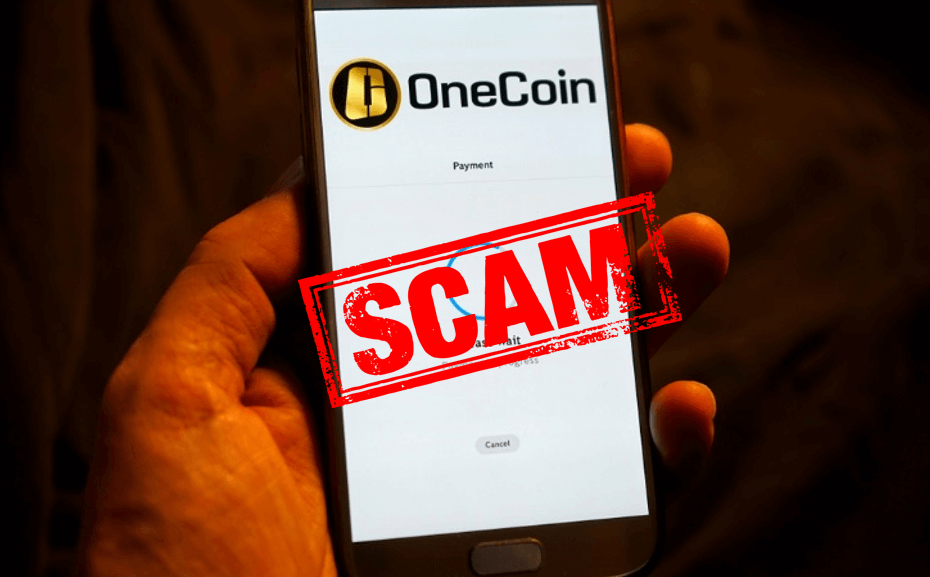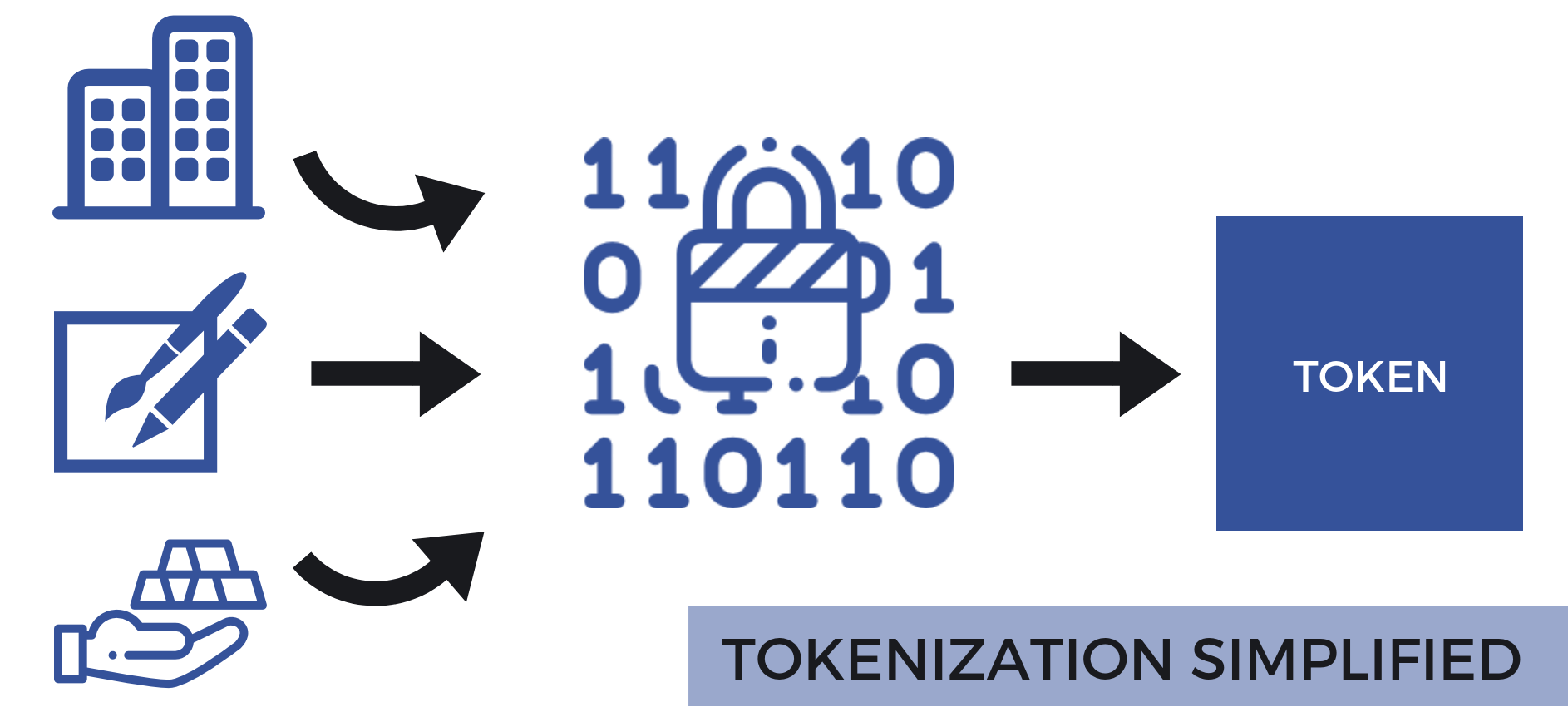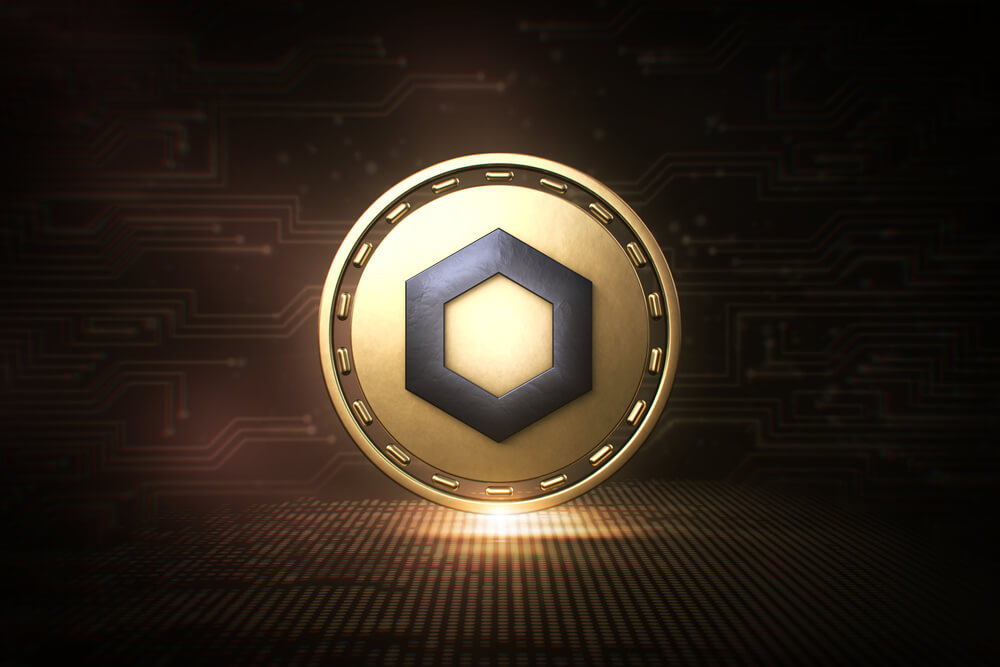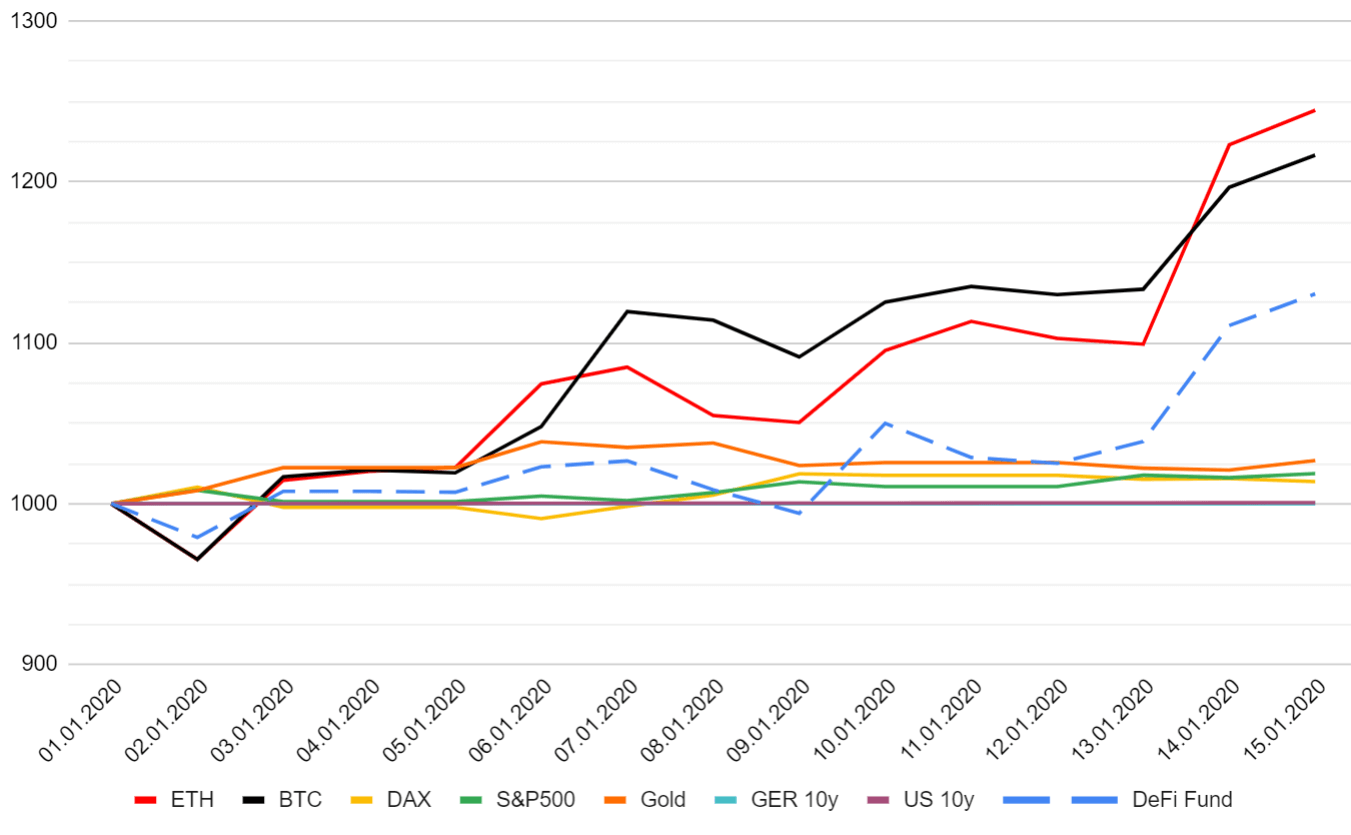Cryptocurrency has opened up so many opportunities to make money. Whether it’s HODLing, staking, or mining, there’s always an opportunity to make money with crypto. Now, some of these are pretty straightforward. You deposit your crypto and sit and watch your money grow. Or you HODL and move in one day when the market is particularly bullish. But other ways, such as mining, are not as straightforward.
Making money via crypto mining takes more than buying hardware and starting to mine right away. You want your investment in hardware, electricity, and time to count. These 8 tricks will show you how to maximize your crypto mining profit to get the best returns on investment.
#1. Do your homework
Doing background research is one of the first things you should do before you engage with crypto mining in any capacity. Crypto mining is already complicated, and the same way you can gain lucratively is the same way you can lose.
Start with mining equipment. Check whether the type of equipment you intend to acquire and deploy is outdated. Study whether the market is currently favorable – you may find that it’s more profitable to buy the crypto rather than invest to mine it.
#2. Check whether it’s a good time to enter
Just like with everything, there are good and bad times to jump into crypto mining. For instance, during the crypto market’s incredible bull run in 2017, crypto mining hardware from manufacturers was pretty much sold out. Most of the profitable equipment could only be found in second-hand marketplaces selling it at exorbitant prices. These hiked prices virtually made any projected profits not worth it.
This time may have seemed a good time to start mining, but with hardware speculators milking the market as much as possible, the conditions were not the most favorable.
On the other hand, when cryptos are trading at a much-reduced rate, you may get mining hardware at much better prices both from the manufacturer and second-hand marketplaces. This way, you stand actually to profit from the equipment rebounds.
#3. Switch to low hash rate cryptocurrencies
This is one of the best-kept secrets of the crypto mining world. Unlike popular belief, it’s possible to find a smaller cryptocurrency with a higher return on investment than a ‘mainstream’ cryptocurrency. Smaller currencies also usually have a lower hash rate, meaning you can contribute a larger hash rate and reap a bigger mining reward.
This means keeping an eye out on all the other markets, not just the ones you’re currently mining. If you’re using a GPU, you have even better chances. GPUs, unlike ASICs, have the flexibility of being able to mine different cryptocurrencies.
#4. Mine brand new cryptocurrencies
Mining a new cryptocurrency can be very profitable – sometimes. When a new crypto enters the market, there’s a phase of euphoria as the creators crank up the hype, creating interest in the currency. As a result, the currency in question might have considerable value in the first few days, weeks, or even months.
What you need to do is be there at the very start. Depending on the currency, you can mine with GPUs, as ASIC manufacturers have not yet had time to develop an algorithm for the particular currency. Due to the unpredictable nature of cryptocurrencies and especially brand new ones, you want to quickly exchange the earnings for more reliant cryptos or Fiat.
#5. Start small
This is universal wisdom for getting into any kind of business endeavor. It’s much truer for a market as volatile as cryptocurrency, isn’t it? When you’re new in the space, there’s so much you need to learn, and any rushed moves are highly discouraged.
When you start small, any losses are also less painful. You also build the right skill set as you learn what works and what doesn’t. After you’ve figured out how crypto mining works, you can scale up.
#6. Explore various scaling choices
There are so many ways you can scale your crypto mining operation. This can be replacing aging equipment – which will lead to an increased heart rate while maintaining low expenditures and increasing your return on investment (ROI).
You can also scale by buying mining capability from hash rate marketplaces. There’s also the option of cloud mining, where you purchase high amounts of hash rate for your favorite crypto or algorithm from companies that specialize in such. Whichever scaling method you choose, be sure to avoid third-party risk by doing appropriate research beforehand.
#7. Find cheap energy
We can’t overemphasize the importance of inexpensive energy when it comes to crypto mining. Electricity is usually the largest expenditure involved in crypto mining. So when you save on energy costs, that’s more money for your bottom line.
Also, depending on the region and electricity cost, your equipment may be profitable or not. In some parts of the world, energy prices tend to fluctuate instead of being constant. Some professional miners actually migrate in pursuit of cheap energy.
The point is, you can increase your ROI if you find cheaper energy. You can even talk to your utility provider and see what’s the best rates they can provide. Again, this depends on your locale.
#8. Join a mining pool
Now, we’d be remiss if we didn’t include joining a mining pool in this list. A mining pool is a group of miners who combine their computational power so as to discover new blocks faster. If the pool succeeds in finding a blog, the block reward is shared proportionally to each contributor’s processing power.
Why should you join a mining pool? Because the more the computational power, the more the likelihood for discovering and processing new blocks. As you can see, an individual miner would have a big challenge – financially and otherwise, assembling that kind of power. While going it alone doesn’t mean you’ll never see profits, it means they will be few and very far between. On the other hand, you stand a better chance to earn smaller but more frequent rewards with a mining pool.
Final Thoughts
Crypto mining is a great way to make money. Whether you’re a veteran in the scene or just getting started, these tips will help you make the best of your mining endeavor. Good luck!

